Yeongmi Oritang (영미오리탕)
13.4Km 2021-09-13
126, Gyeongyang-ro, Buk-gu, Gwangju
+82-62-527-0249
Yeongmi Oritang has been serving up duck stew (oritang) to the community for over 80 years. Made with ground perilla seeds, soybean paste, chili powder, garlic, and other carefully selected ingredients, the duck is boiled in an earthen pot and seasoned with ginseng, jujube, and water parsley to suit each customer's individual tastes. The dish is served with kimchi side dishes, which are said to enhance the flavor of the duck meat. Since duck is known to be effective in treating liver and geriatric diseases, the restaurant is popular not only for its delicious flavors, but also for the health benefits of its food.
Geumseongsanseong Fortress (담양 금성산성)
13.7Km 2025-01-13
Dorim-ri, Damyang-gun, Jeollanam-do
+82-61-380-2812
Geumseongsanseong Fortress in Geumseongsan Mountain (603m) forms a boundary
between two small villages located on the border of two provinces (Geumseong-myeon,
Damyang-gun, Jeollanam-do and Sunchang-gun, Jeollabuk-do) and is one of the
three popular mountains of the Honam region (the Southwestern region of Korea
that includes Jeollanam-do and Jeollabuk-do). The fortress is surrounded by
two walls connecting Cheolmabong Peak, Undaebong Peak, and Jangdaebong Peak.
The total length of the outer wall is 6.486 meters and inner wall is 859 meters.
Historians are uncertain about the year the fortress was built, and
have concluded that it dates back to the Three Kingdoms Period (57 BC – 676 AD) based on an examination of the ruins and remains discovered in the surrounding
area. The fortress was reconstructed in 1409 and repaired in 1610 after the
Imjin War (1592-1598). Following that, it continued to develop into a strong
military base.
- Classification: Historic Site No. 353
- Date of Designation: August 24, 1991
- Owner: Park Jinseong and 85 persons
- Age: Three States Era
- Site Area: 1,349,977㎡
- Kind of Cultural Properties: Castle Site
Yeoro(Sansu-dong Hanok Experience Hall) (여로(산수동 한옥체험시설))
13.9Km 2024-12-22
16-17 , Donggye-ro, Dong-gu, Gwangju
+82-62-227-8815
Yeoro is a hanok guesthouse in a quiet residential part of Sansu-dong, Gwangju, Jeollanam-do. The guesthouse has four ondol rooms, all equipped with a toilet and refrigerator. There is a shared washing machine (free of charge) in an outside bathroom. For breakfast, home-made sweet pumpkin porridge is served. Guests can take part in traditional crafts such as red clay dyeing, making injeolmi ricecakes or gangjeong puffed rice, and pressed-flower hand mirror making. Visitors’ cars can be parked in a nearby public parking lot.
Kwangju Bank Museum (KJB금융박물관 (광주은행 금융박물관))
13.9Km 2024-12-20
225 Jebong-ro, Dong-gu, Gwangju
Kwangju Bank Museum established to celebrate the 44th anniversary of the bank, is the first financial bank in the Honam region. Visitors can explore a collection of over one thousand financial artifacts and learn about the history of financial institutions in the region, as well as the evolution of Korean and global currency at the museum. The museum offers financial educational programs for various age groups and also provides a cultural space, allowing visitors to connect through art and learn more about the region's heritage.
Namdodalbam Moonnight Market (남도달밤야시장)
13.9Km 2024-12-03
10 Jebong-ro 194beon-gil, Dong-gu, Gwangju
+82-62-233-1420
The Namdodalbam Moonnight Market takes place on Saturday evenings in July at Daein Art Market, a center for artistic culture in Gwangju. During the event period, visitors can enjoy a range of cultural experiences and art programs on top of typical night time market fare.
Cheongchun Balsan Village (청춘발산마을)
13.9Km 2024-10-22
12-16 Cheonbyeonjwa-ro, Seo-gu, Gwangju
Balsan Village is a representative neighborhood of Gwangju and is a prime example of how something amazing can come out of something bad. First settled by Korean war refugees, the small houses jam-packed on a hillside attracted young people looking for work in the 1970s and '80s, mainly females working in the garment factories nearby. Recently, the addition of colorful murals and public spaces has given the village a breath of new life.
Gwangju Daein Market & Daein Art Market (광주 대인시장 (대인예술시장))
13.9Km 2023-11-28
9-10 Jebong-ro 184beon-gil, Dong-gu, Gwangju
+82-62-233-4001
Daein Market in Gwangju is a wonderful example of the changes traditional markets have gone through to remain relevant in the modern world. Originally the community center for all living needs, including produce and household goods, the market lost much interest in the mid-1990s with the influx of large marts. From that point on, many shops began to close down as there was no business.
However, the market saw a revival in 2008 during the Gwangju Biennale. Many of the available shop spaces were rented out to host small art exhibitions, creating a unique art market. Thanks to this effort, Daein Market was designated as a Cultural Attraction in 2013. The market continues to have a strong connection with the art that saved it, and the vendors and artists live and work together in harmony. The market also draws in a lot of interest from the community through their weekly night market, taking place every Saturday.
Yumyeong Hoegwan (유명회관)
13.9Km 2021-05-14
18, Geumnam-ro 131 Beon-gil, Buk-gu, Gwangju
+82-62-512-5574
Even before the mad cow disease crisis, Yumyeong Hoegwan has only been serving locally-bred hanu beef. The fresh meat, sirloin, and prime ribs are delicious and they also use rice and kimchi made in Korea. The restaurant has a lot of business and group customers, but it is also good for family occasions, wedding receptions, and other social gatherings.
Kkum Brewery (꿈브루어리)
14.0Km 2024-11-20
18-15 Donggyecheon-ro 95beon-gil, Dong-gu, Gwangju
Kkum Brewery produces Gwangju’s local specialty rice wine, Kkumui Daehwa, blending traditional brewing methods with a modern touch. Kkumui Daehwa, the Gwangju specialty, won the grand prize in the 8-10% alcohol category at the 2024 Korean Makgeolli Awards. The brewery offers special experience programs to visitors allowing them to learn more about the Korean traditional liquor culture and cultural heritage of Gwangju.
Nike - Lotte Gwangju Branch [Tax Refund Shop] (나이키 롯데광주)
14.0Km 2024-04-17
5F, 268, Dongnip-ro, Dong-gu, Gwangju
-
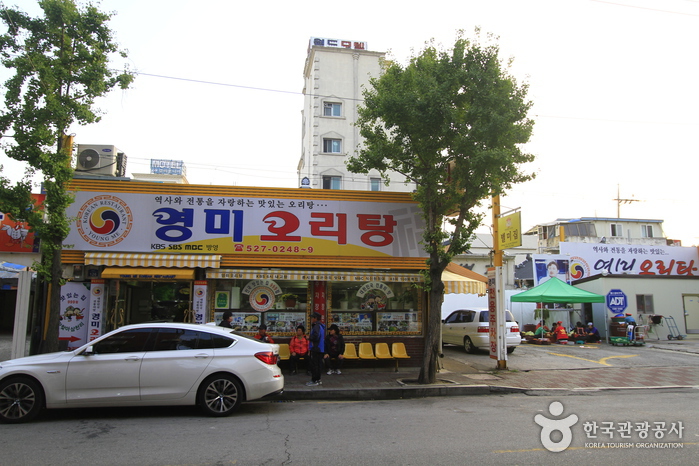
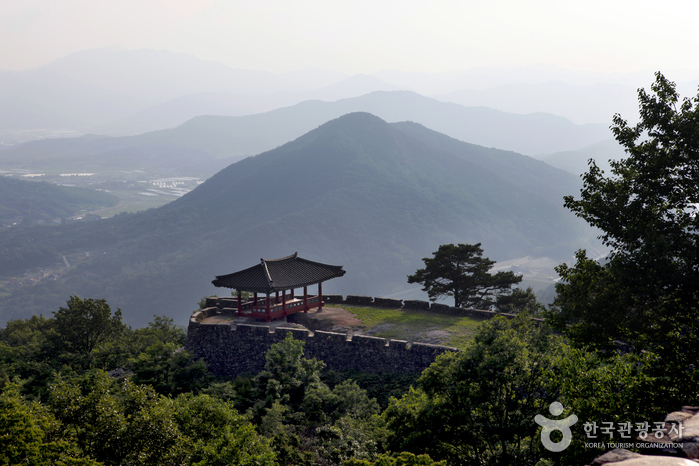
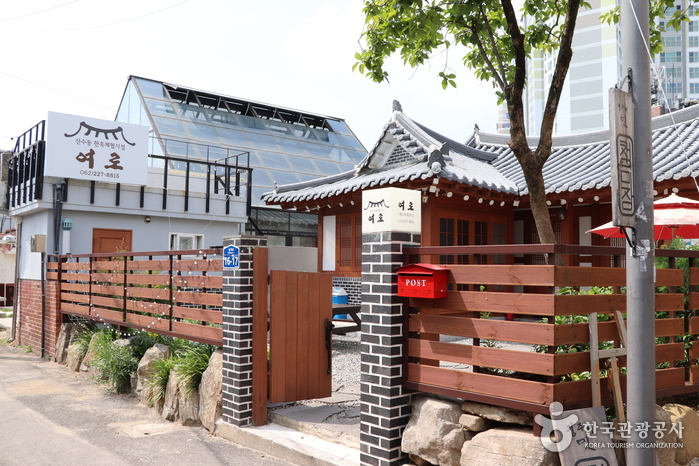
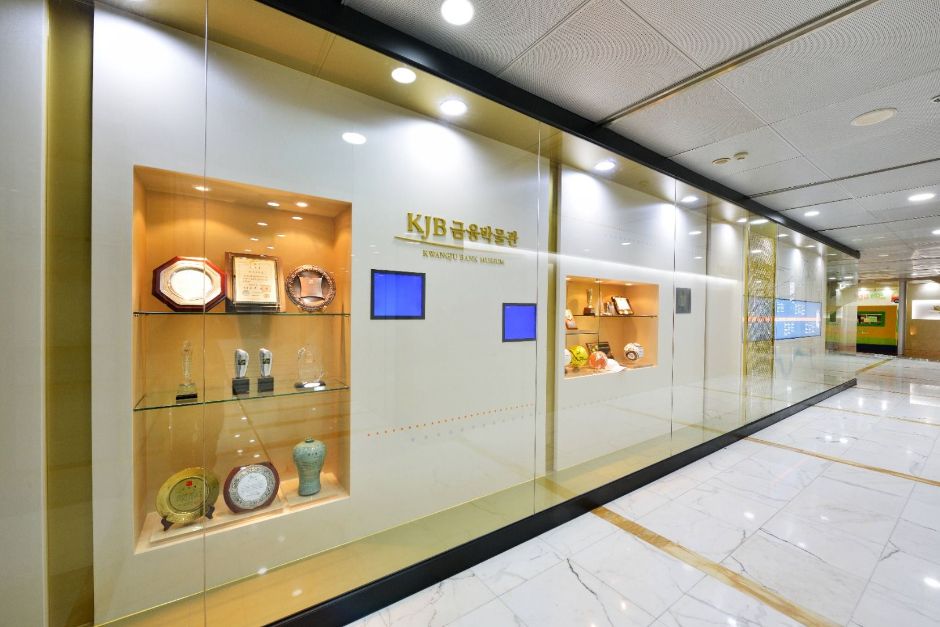
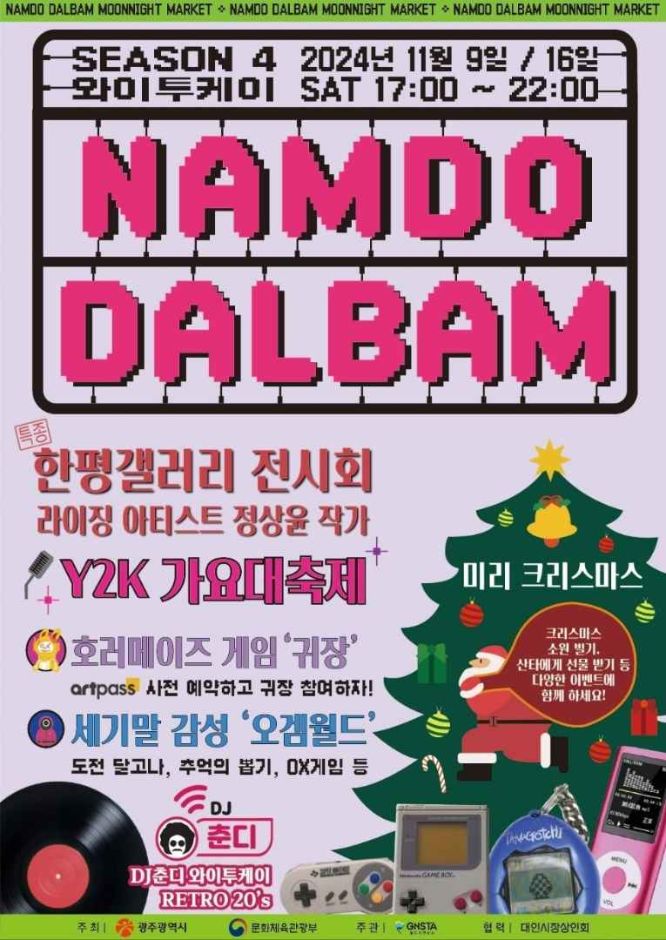
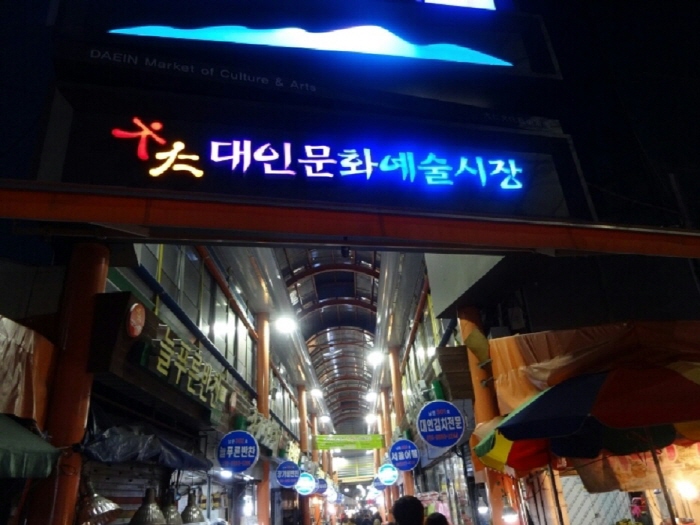
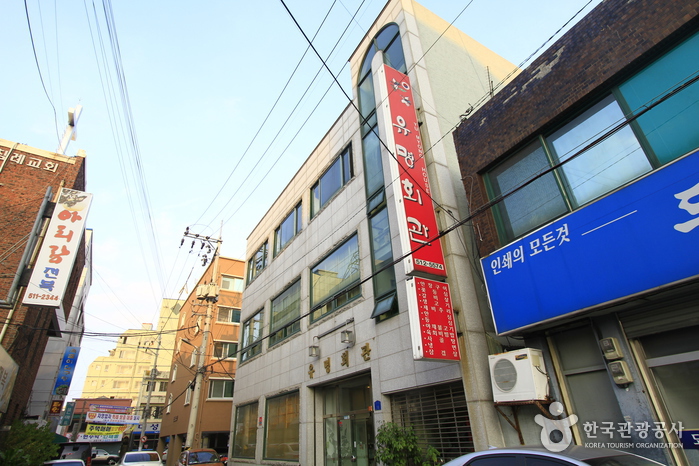
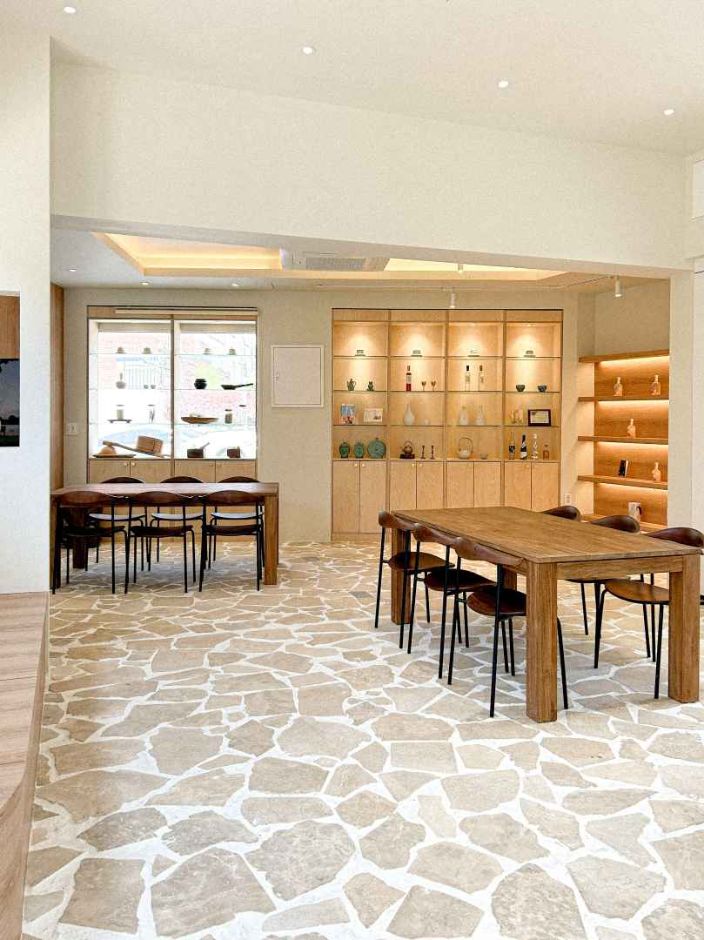
![Nike - Lotte Gwangju Branch [Tax Refund Shop] (나이키 롯데광주)](http://tong.visitkorea.or.kr/cms/resource/38/2886838_image2_1.jpg)
 English
English
 한국어
한국어 日本語
日本語 中文(简体)
中文(简体) Deutsch
Deutsch Français
Français Español
Español Русский
Русский